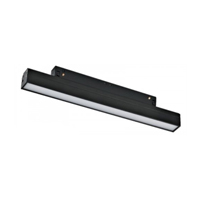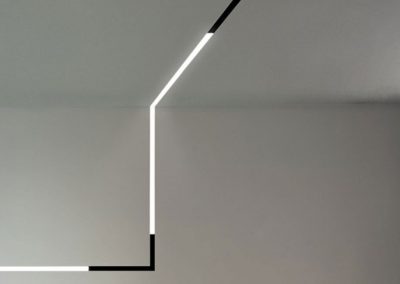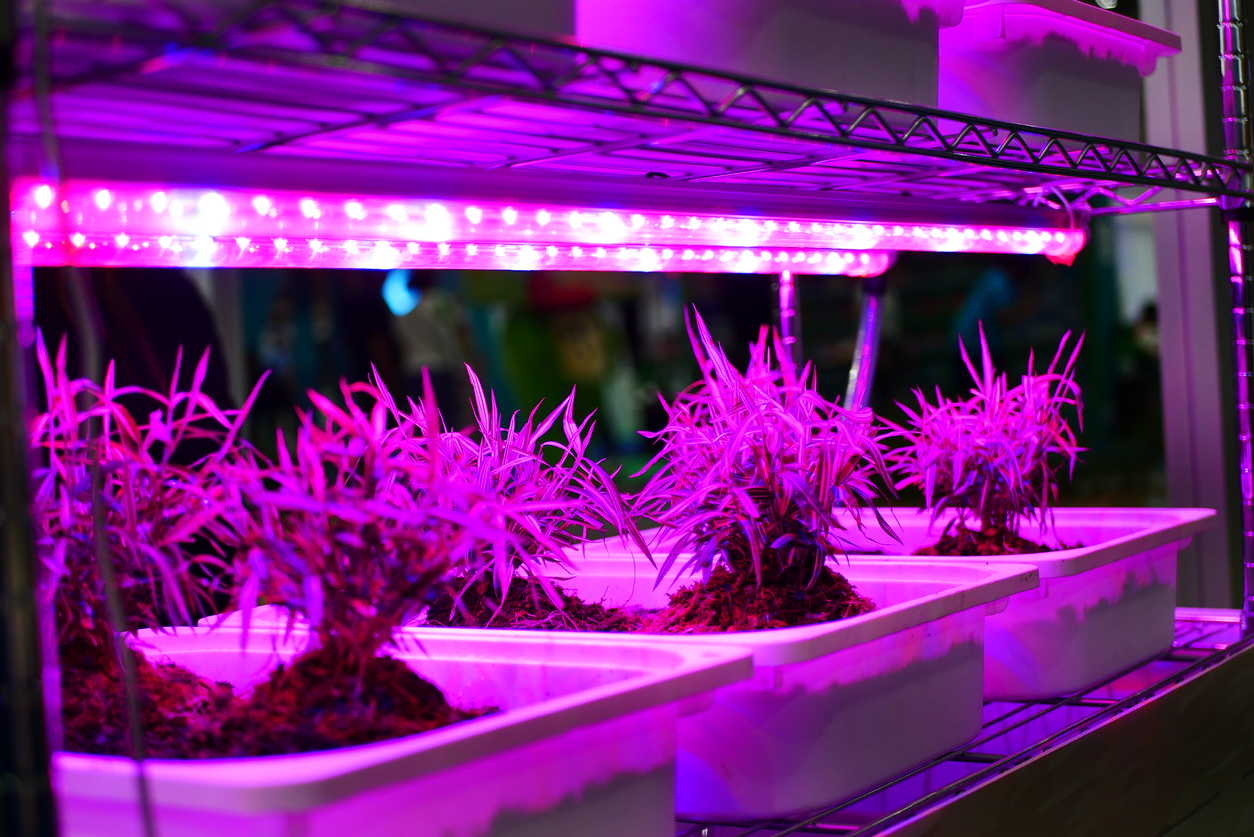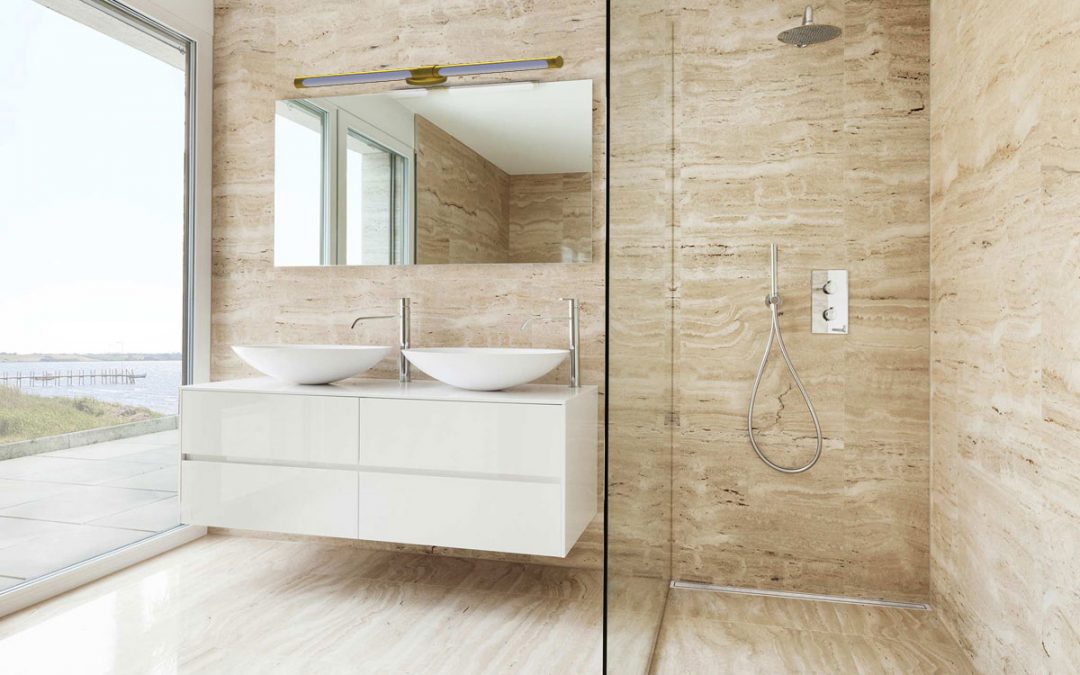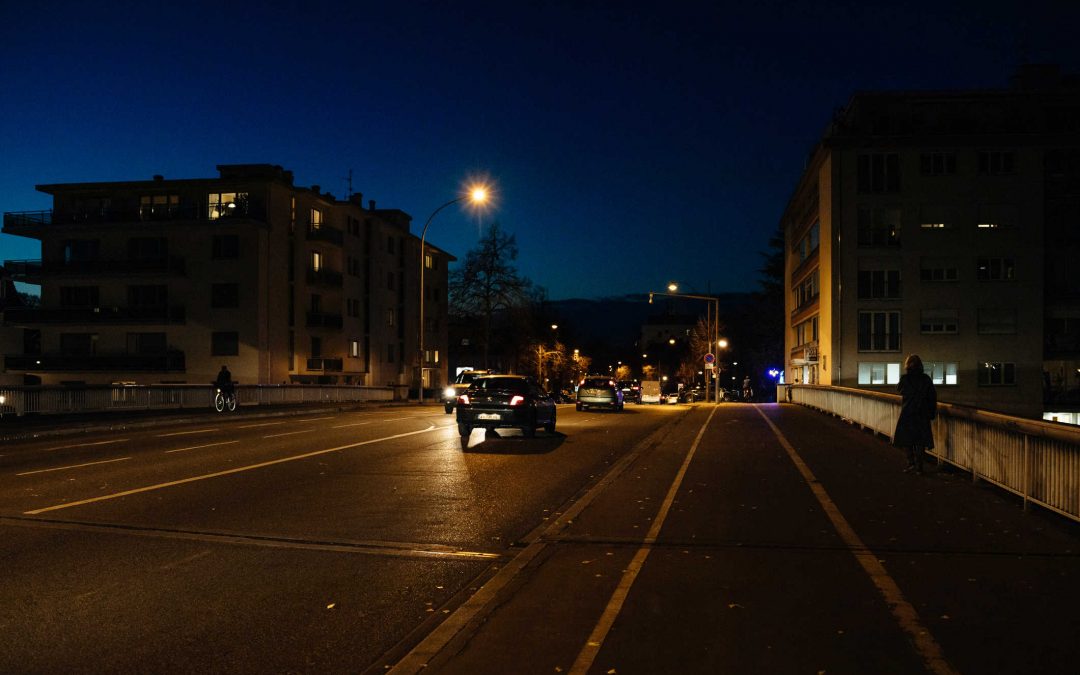When it comes to interior design and lighting, the bathroom is most likely the room in the house that receives the least attention. Some do not think about it at all, others are convinced that a single fixture in the ceiling is enough. For us, proper lighting in the bathroom is important and it can affect our mood either positively and negatively.
This week’s blog post is about how you implement the lighting in layers, increase the overall mood of the room and match the atmosphere to any moment.
Task Lighting
To create a good atmosphere, the light in the bathroom must be practical, i.e. it’s about getting the right lighting that illuminates your face clearly and in detail when you, for example put on make-up or shave in the morning.
The most common mistake we see people make is to place lowered ceiling luminaires directly over the mirror. It will throw shadows on your face, making daily morning rituals more difficult to perform. To avoid this, you can set up vertical fixtures or lamps that are mounted on each side of the mirror, which will shine evenly and give a clearer picture of your face. Advantageously, you can choose dimmable lighting, which allows you to adjust the brightness depending on e.g. the time of day. The shower is a secondary area where this type of light is applicable. For example, if you have a glass door in your bathroom, a dedicated fixture will most likely be needed. Otherwise, we recommend a recessed light with a glass lens.
Ambient Lighting
Ambient Lighting is important to pay attention too when installing the right level of light. It may include lighting fixtures illuminated from above, such as built-in lights and ceiling lights. This type of light should act as indirect light and not spotlights. If the bathroom can’t get natural light in, ambient lighting can actually compensate it if you choose lamps with a natural color temperature. LED products such as a surface mounted ceiling lamps, pendant lamps or lamps hidden behind a molding dropped several inches below ceiling height can be an obvious choice.
Accent Lighting
Accent lighting is used to draw attention to features, architecture or functions. It is probably the most overlooked type of lighting in bathrooms, but you really get the opportunity to decorate and make your bathroom look unique.
Make the World more Sustainable
An overlooked way to create a good atmosphere in your bathroom is when choosing the bulb. As you probably know, LED bulbs are environmentally friendly and use less energy than traditional incandescent bulbs. The color temperature can vary from warm to cold light, and is an excellent alternative to real daylight – especially for darker areas in the room. If you want to take it a step further, we recommend installing LED lighting with a dim function where you adjust the light according to the need you have in a given situation.
When choosing LED light bulbs, you are contributing positively to a better environment, achieving energy savings and investing in versatile and attractive bathroom lighting.
AREND
